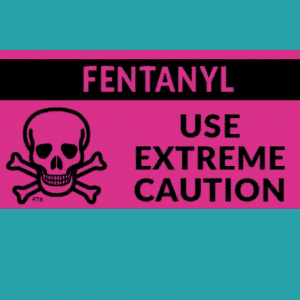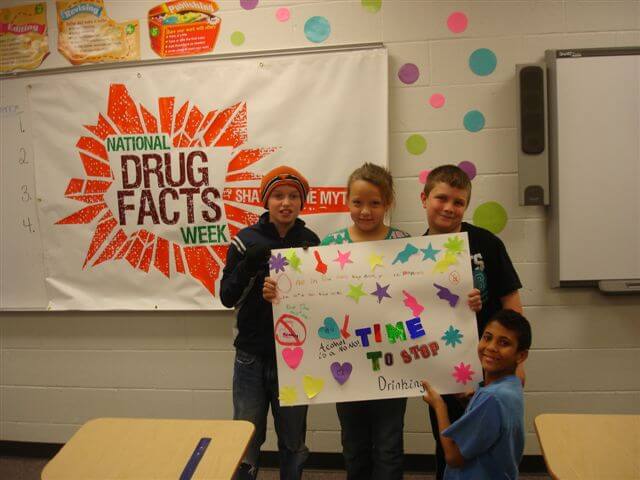Narcan Saves Lives
As a nurse, you have worked your 12 hour night shift and you can’t wait to get off of work. While giving a report to the day shift nurse you can’t wait to get off of work. You go outside of your door and you see a man lying outside of the emergency room unconscious.
You immediately put your nurse hat back on and step into action. You see a needle beside the patient and you automatically asses the patient and come to the conclusion that he has overdosed. This article will discuss Narcan and opioid abuse.
You rush into the emergency room and call rapid response. A rapid response team consists of a team of healthcare professional that responds to medical emergencies.
The patient is brought into the emergency room and vital signs are taken. The patient pupils are constricted. As the nurse, you are aware that constricted pupils are a sign of drug overdose.
As the nurse, you prepare to administer the Narcan.
Not since the HIV epidemic has America faced such a devastating health problem as the opioid abuse problem.
What is Narcan
Not since the HIV epidemic has America faced such a devastating health problem as the opioid abuse problem.
Narcan is an opioid antagonist used for the reversal of an overdose. Narcan can be administered intravenous or nasally. Narcan is not a new drug. However, with the rise of drug abuse the drug has literally taken on a new meaning.
The nurse quickly takes the Narcan to the patient’s bedside. The ordering physician will order Narcan 2 mg or Narcan 4 mg depending on the condition of the patient.
If the patient is unresponsive Narcan can be given in the nostril. Narcan is giving as one spray in one nostril.
Now if all things work out the patient will wake up or you will start to see the patient start to become a little more responsive immediately after the Narcan is administered. I’m talking within seconds.
Narcan Side Effects
Now Narcan is considered a miracle drug because it has saved so many lives. However, with everything good, there comes a price.
Often time when the patient is given Narcan, it actually blocks the receptors for opiates. This will immediately put the patient into withdrawal. Some signs of Narcan administration are:
- Vomiting
- Nausea
- Diarrhea
- Sweats
- Confusion
If the patient is lucky, he will wake up and realize how lucky they are.
What Happens If Narcan Does Not Work?
If you are unfortunate enough that Narcan does not work, you are in some serious trouble because you’re now going to have respiratory problems and most likely you are going to need to be intubated.
Opioids have a direct effect on your respiratory system. When a person uses too many opioids or they overdose on opiates, the respiratory center is one of the first systems to be affected. If the Narcan does not work, the patient has to be intubated and sent to the critical care unit.
There in the critical care unit, the patient will be closely monitored. Some of the interventions in the critical care unit are:
- The patient will be put on a Naloxone (narcan) drip for the overdose.
- If the patient starts to wake up while on the ventilator, the patient will be given a sedative such as a fentanyl drip or a propofol drip.
- The patient vital signs will
Recovery From Drug Abuse
Once the patient is in critical care, the nurses and doctors will monitor the patient for any kind of distress.
The goal is for the driver to leave the patient’s body so that they can become fully awake and alert do that they can extubate the patient.
Once the patient recovers they will be taken off the ventilator.
However, sometimes the patient does not make a full recovery. Sometimes the patient has lost some brain function and they have to have a feeding tube put in. These people oftentimes have to go to a long term care facility.
Sadly, some people never recover and they pass away.
These cases are really hard on everyone including the family and the nurse.
Drug Abuse Statistics
| Health Care | Overall | Year Estimate Based On | |
| Tobacco | $168 billion | $300 billion | 2010 |
| Alcohol | $27 billion | $249 billion | 2010 |
| Illicit Drugs | $11 billion | $193 billion | 2007 |
| Prescription Opioids- | $26 billion | $78.5 billion | 2013 |
Narcan Contraindications
Because Narcan is only given during emergencies and life-saving emergencies, the biggest contraindication is an allergy to Narcan.
Nurse Musings About Opioid Abuse
These types of patients are tragic for the families and the nurses who have to care for them. Most of the addicts at the end of the day are just like you and me. There are so many reasons why people abuse drugs.
Nearly all addicted individuals believe at the outset that they can stop using drugs on their own, and most try to stop without treatment. Although some people are successful, many attempts result in failure to achieve long-term abstinence
There are so many reasons why people become addicted to drugs. The opioid abuse epidemic came about because people were prescribed Oxycontin. Oxycontin is aa highly addictive medication. In fact, the most that this medication should be prescribed is 2 weeks at a time. There are people who have been taking this medication for years.
People use drugs to “treat” their problems such as :
- Depression
- Marital problems
- Dealing with death
- Trying to escape life
People of all ages suffer the harmful consequences of drug abuse and addiction.
- Babies exposed to drugs in the womb may be born premature and underweight. This exposure can slow the child’s intellectual development and affect behavior later in life.
- Adolescents who abuse drugs often act out, do poorly academically, and drop out of school. They are at risk for unplanned pregnancies, violence, and infectious diseases.
- Adults who abuse drugs often have problems thinking clearly, remembering, and paying attention. They often develop poor social behaviors as a result of their drug abuse, and their work performance and personal relationships suffer.
- Parents’ drug abuse often means chaotic, stress-filled homes, as well as child abuse and neglect. Such conditions harm the wellbeing and development of children in the home and may set the stage for drug abuse in the next generation.
If you or your loved one is struggling with drug addiction, please get immediate help. Thousands of people are dying from opioid abuse. People do not have to die. If people are unsure of who to call, they should call 211 in their local area.
Reference
My name is Phyllis Robinson MSN, RN. I have been a Registered Nurse for 27 years in the Cardiac Intensive Care Unit. I am passionate about cardiac care and heart disease. I also want this blog to be an educational tool that people can refer to for traditional and alternative treatment. I will blog on heart disorders such as high blood pressure, congestive heart failure, cardiomyopathy, and high cholesterol.
I received my Nursing degree from Baltimore Community College.
I went on to receive my Masters in Nursing from Walden University
I have worked for almost 30 years in Critical Care with a focus on heart health. I am an advocate of preventive healthcare.


